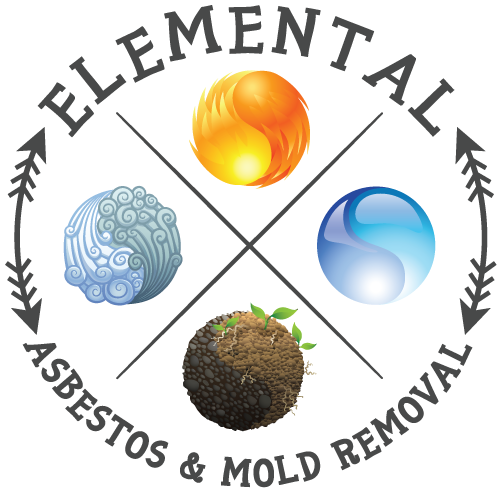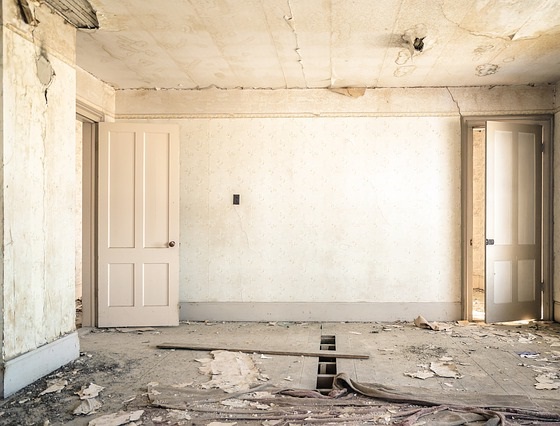While asbestos can be harmful wherever it is found, its presence in older drywall can be particularly problematic when it comes to renovating properties built before the 1990s, note that if there is asbestos present it is almost always found in the mud or joint compound. If the drywall in your home or workplace contains asbestos, any disturbance that causes dust to be released can be dangerous to your long-term health. From drilling and cutting to sanding and removing old wallpaper, many of the activities associated with renovations can cause inadvertent asbestos exposure and should not be attempted without the assistance of an experienced professional trained to deal with asbestos.
While asbestos can be harmful wherever it is found, its presence in older drywall can be particularly problematic when it comes to renovating properties built before the 1990s, note that if there is asbestos present it is almost always found in the mud or joint compound. If the drywall in your home or workplace contains asbestos, any disturbance that causes dust to be released can be dangerous to your long-term health. From drilling and cutting to sanding and removing old wallpaper, many of the activities associated with renovations can cause inadvertent asbestos exposure and should not be attempted without the assistance of an experienced professional trained to deal with asbestos.
Although it is possible to test your drywall for asbestos yourself, the extensive preparation and potential risk involved make this project one that is best left in the hands of qualified professionals. Quite often, contaminated areas stretch further than expected because the offending drywall joint compounds are covered by paint. Since there is no way for the naked eye to detect the level of asbestos contamination in drywall, samples must be carefully taken and analyzed under a microscope to determine the extent of the hazard.
If you live or work in a facility built prior to the 1990s that hasn’t been properly examined for asbestos, don’t put the long-term health of your family or employees at risk. Once our qualified asbestos professionals are on the job, we can help to identify material that contains asbestos through comprehensive testing and suggest asbestos abatement strategies designed to ensure the safety of your home, or property, now and in the future.
Throughout much of the 20th century, asbestos was a commonly used component in the construction of residential, commercial, and industrial structures. Due to its remarkable fire-resistant, sound-absorbent, and strengthening properties, this toxic, fibrous substance was added to a vast array of construction materials including drywall, insulation, roofing, ceiling and floor tiles, textured coatings and paints, duct wrap, and much more.
Originally promoted as a “magical mineral” because of its softness, flexibility, and resistance to heat, electricity, and corrosion, asbestos has been linked to a variety of serious and fatal health conditions over the years such as lung cancer, mesothelioma, and chronic obstructive pulmonary disease (COPD). As a result, its widespread use has been banned in most of the developed world since the 1990s. However, structures built between the 1900s through the 1980s likely still contain these lethal fibers and could pose a range of health risks if not treated properly.
Exposure to asbestos occurs through ingestion – either breathing or swallowing – of tiny airborne fibers that are released into the atmosphere when asbestos is disturbed in any way. With constant or intense exposure, these hazardous fibers accumulate in the body and lead to significant health concerns over time. The most frightening aspect of asbestos exposure is that the fibers are extremely microscopic in size and undetectable to the naked eye, meaning that anyone living or working in an older building that is being renovated could be exposed without even realizing it.

